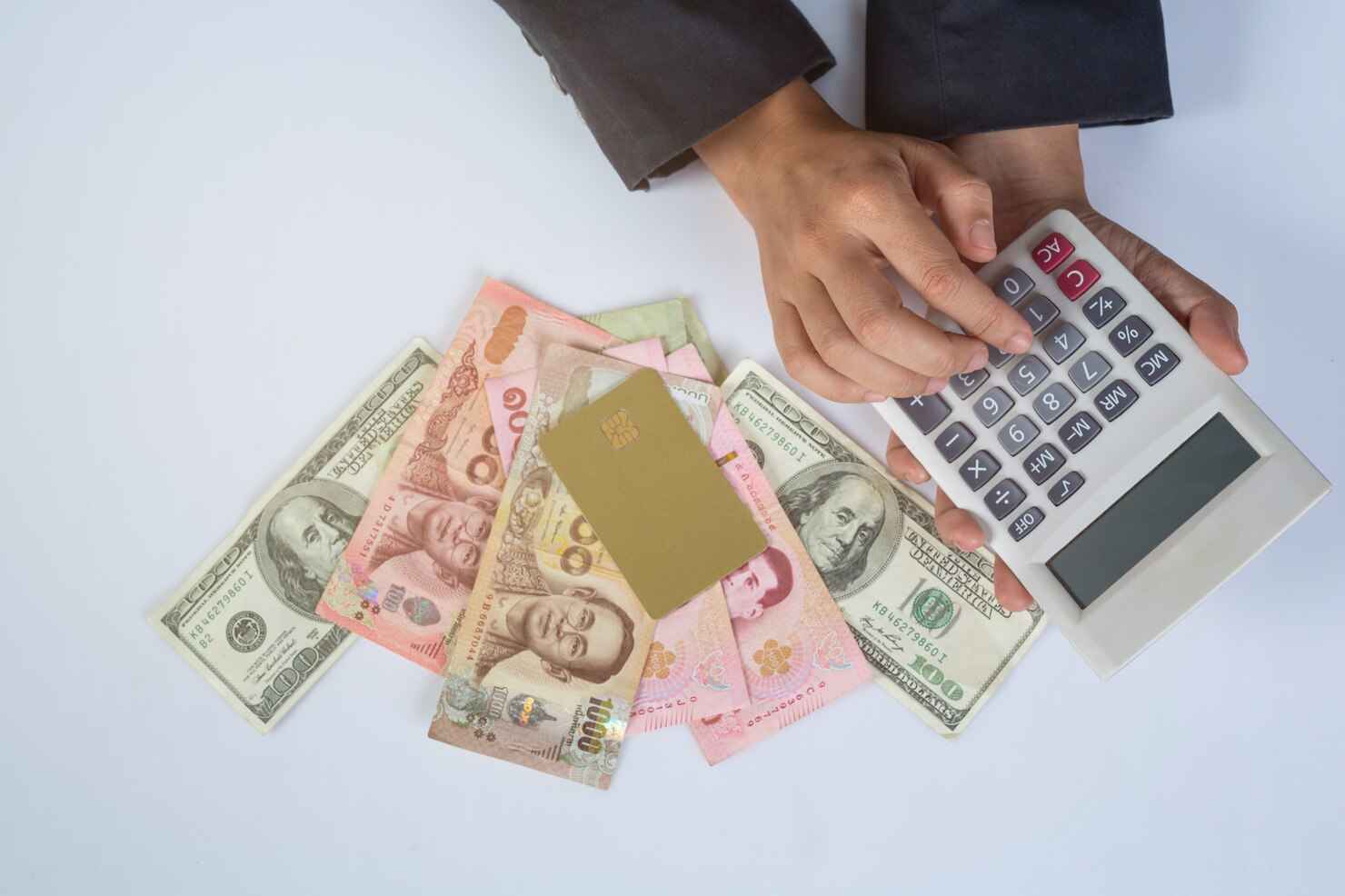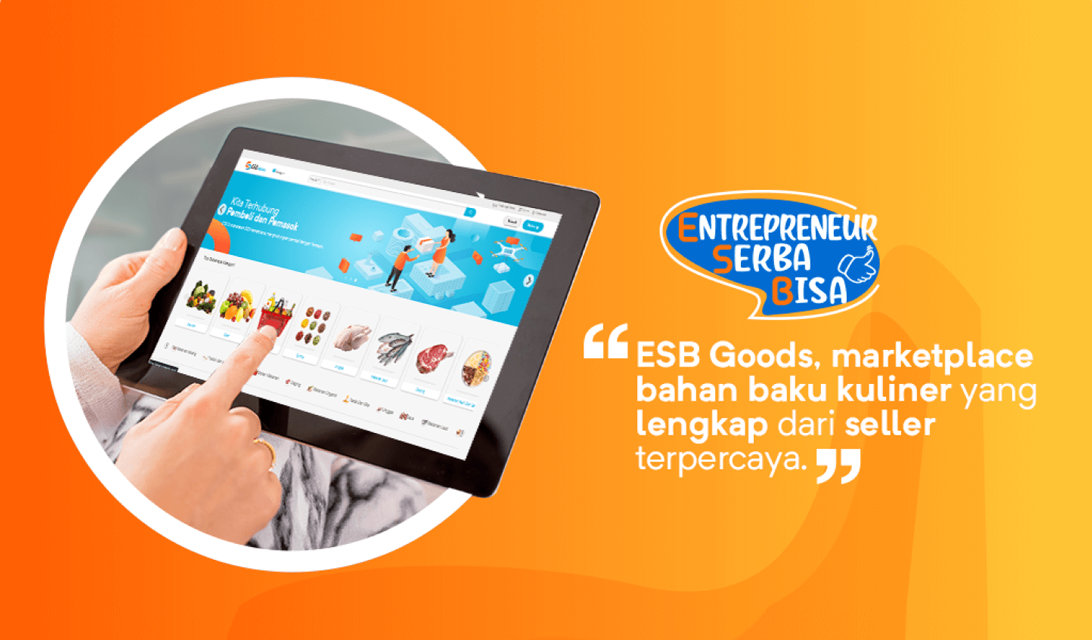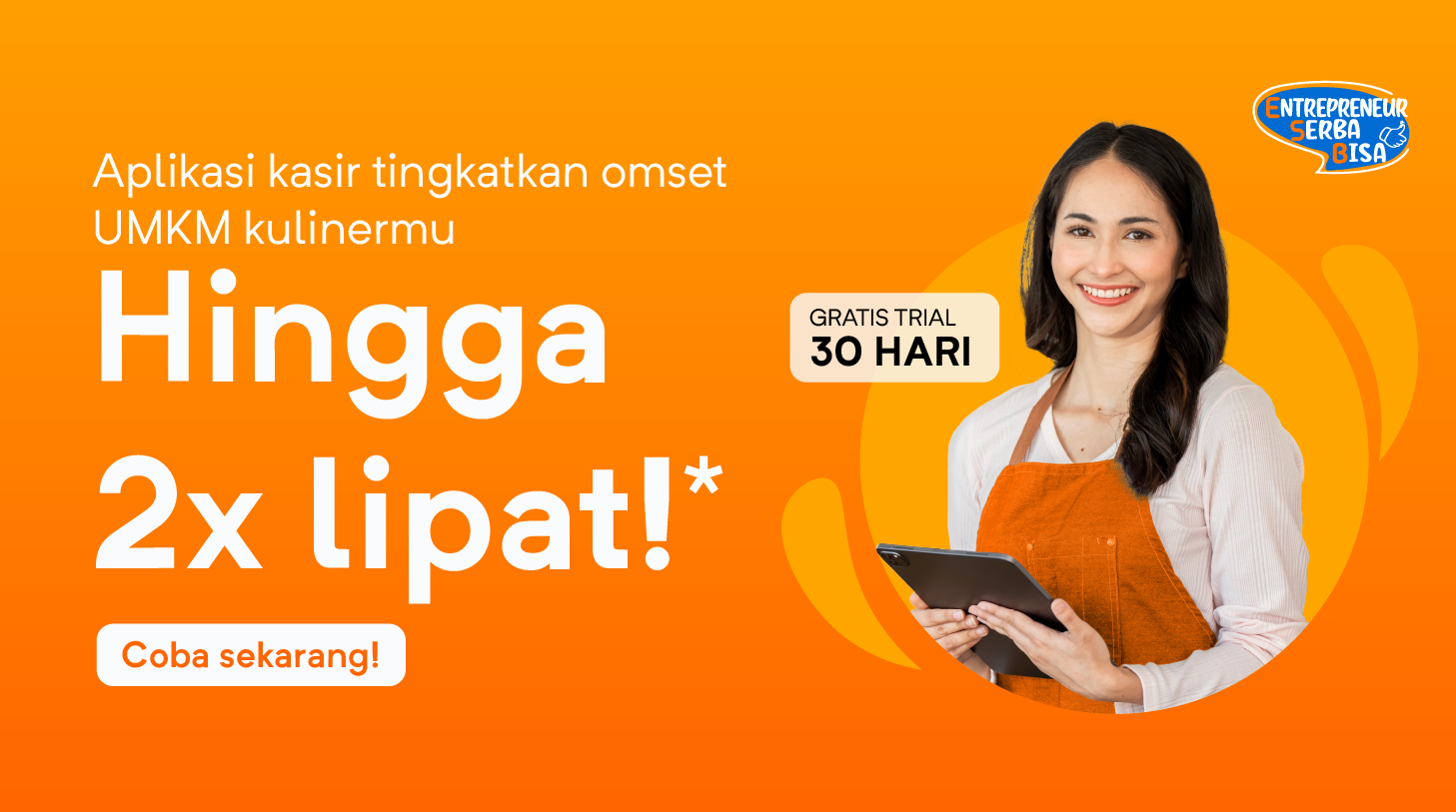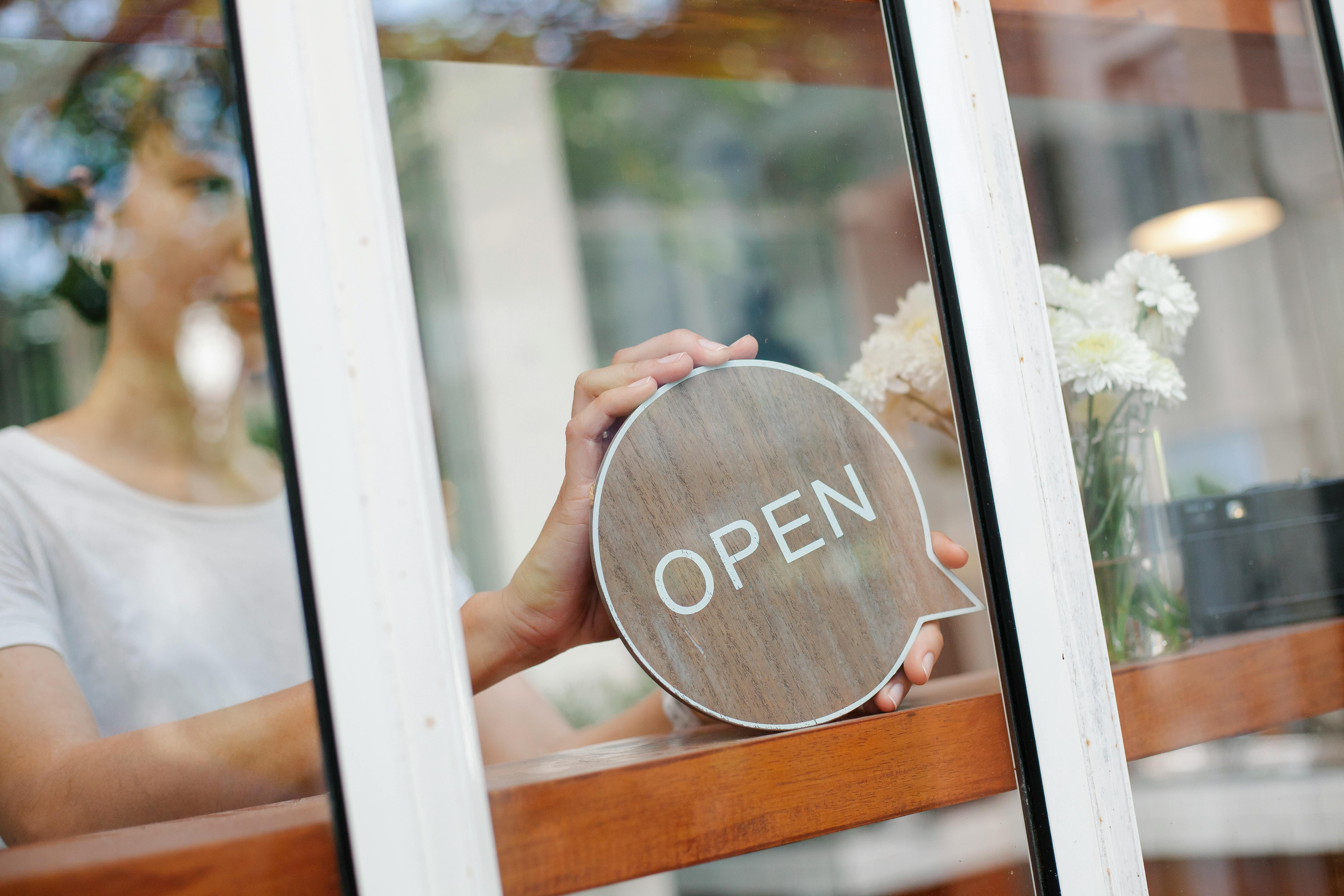 SHARE
SHARE
How to Calculate Capital and Selling Price for a More Profitable Business
Briantama Afiq Ashari
Every business, whether small or large, needs solid financial planning. One of its key foundations is knowing how to calculate capital and selling price.
When done correctly, these calculations help avoid losses and maximize profits.
This article will guide you through how to calculate capital and selling price for various types of businesses, including food businesses, using simple yet effective methods.
Let’s dive in!
Understanding the Importance of Capital and Selling Price Calculation
When starting a business, there are two essential elements you need to understand: capital and selling price.
Both are fundamental in building a healthy and profitable business strategy.
Capital refers to the total resources used to run and grow a business. This can include cash, goods, or even skills used in daily operations.
Capital covers both startup costs and ongoing expenses like rent, raw materials, and employee salaries.
By calculating your capital needs in detail, you can create an efficient budget from the start.
It also helps you manage your funds wisely to avoid waste and financial risks. In fact, well-calculated capital can even boost investor confidence in your business.
After understanding capital, the next step is to determine your selling price. This is the price customers pay for your product or service.
Setting the right price involves factoring in production costs, desired profit margin, and market conditions.
An accurate selling price keeps your business competitive while ensuring long-term sustainability.
It also impacts cash flow, profit margins, and customer perception. You may need to adjust pricing based on seasonality, demand, or competitor strategies.
To keep your business profitable, it's crucial to understand how to calculate capital and selling price.
Use methods that suit your business type to ensure the results reflect the true value of your offerings.
For example, in the culinary business, you must know how to accurately calculate food costs and selling prices.
Consider raw materials, packaging, labor, and daily operations in full. From there, you can set realistic prices while still making a profit.
With a clear understanding of capital and pricing, you can run your business with better direction.
Proper calculations help you make smarter decisions and reduce the risk of loss.
That’s why calculating capital and selling price isn’t just a necessity, it’s a strategy for success.
What Is Initial Capital and Why Is It Important?
Initial capital is the funds you prepare to start a business. This covers all basic needs such as purchasing raw materials, renting a place, and starting operations.
Without proper calculations, you could end up spending too much money or even lack funds for daily operations. For example, when starting a food business, many only focus on the cost of purchasing raw materials.
In fact, there are other costs such as cooking equipment, packaging, and promotions that you shouldn't miss. That's why learning how to correctly calculate initial capital for a food business is very important.
Don't just guess, because even a small mistake can make your business lose direction. Well, lThe first step is to make a list of all the needs to start your business, in this case a culinary business:
- Raw materials: Rice, meat, vegetables.
- Cooking equipment: Stove, pots, pans.
- Operational costs: Electricity, water, gas.
- Rent a place: If you don't have your own location.
- Promotion: Advertising costs on social media or print.
- Packaging: Food box, plastic, or label.
Once the list of requirements is complete, calculate the cost of each component and the total, for example:
From this table, the initial capital required is IDR 47,300,000.
Types of Capital and How to Calculate Them
Before starting a business, it's important to understand the types of capital needed and how to calculate them.
This will help you design a more efficient financial strategy and avoid running out of funds midway.
1. Fixed Capital
Fixed capital refers to funds used to purchase long-term assets that support business operations, such as land, buildings, operational vehicles, machinery, or production tools.
These assets aren’t for resale but are used over an extended period.
Since fixed capital is illiquid, it can’t be quickly converted into cash. Careful planning of fixed capital helps maintain business stability in the long term.
2. Working Capital
Unlike fixed capital, working capital is used for daily business operations.
This includes purchasing raw materials, paying employee wages, utility bills, and logistics needs.
Working capital is essential because it ensures smooth daily operations.
Without it, the business may face disruptions that affect productivity and customer satisfaction.
After identifying all the required costs, the next step is to calculate total capital. Add up initial investments, routine operational costs, and reserve funds for emergencies.
This total capital will serve as the foundation for your business’s financial plan and help you set realistic funding targets.
For more precise calculations, you can use this simple formula:
Example:
If your raw material cost per unit is IDR 50,000, labor cost is IDR 30,000, and overhead cost is IDR 20,000, the total capital per unit is:
Total Capital = 50,000 + 30,000 + 20,000 = IDR 100,000
Knowing the capital per unit helps you set fair selling prices while ensuring a healthy profit margin.
Read more: 26 Sources of Capital for Culinary Businesses in 2025 That You Must Know
How to Calculate Selling Price and Profit
Source: freepik.com
Setting the selling price isn’t just about adding a markup to your capital cost. You need to determine your desired profit margin to keep the business profitable and competitive.
Start by calculating the total capital per product or service. Then, decide on the profit percentage you’d like to earn from each sale.
For example, if you aim for a 35% profit margin, use this formula:
If the total capital per unit is IDR 18,000:
You can round this to IDR 24,000 to make it more attractive in the market.
So, how do you create a budget report and calculate purchase cost and selling price?
One method is to record all expenses, calculate margins, and compare them to sales results.
To find total profit over a period, use this formula:
If your selling price is IDR 24,000 and the capital cost is IDR 18,000, your profit per unit is IDR 6,000.
If you sell 400 units in a month:
Profit = 6,000 × 400 = IDR 2,400,000
This method helps you evaluate whether your sales target has been met—or if a new strategy is needed.
This is how you calculate capital, selling price, and profit to better manage your business finances.
Read more: How to Calculate Discounts Easily and Keep Your Profits Intact
Common Mistakes in Calculating Initial Capital
That's how to measure initial capital, so why do people still calculate it wrong?
Some common mistakes that business people often make when calculating initial capital include:
1. Ignoring Unexpected Costs
One of the most common mistakes is forgetting to include unexpected expenses.
For example, equipment repair costs or other urgent needs that could arise at any time.
If you don't include this in your calculations, your business's cash flow could be disrupted.
Therefore, always add an emergency cost component when calculating initial capital.
2. Miscalculating Cost of Goods Sold (COGS)
Calculating COGS is not just the total cost of raw materials. There are other factors such as labor costs and overhead that must be taken into account.
Many food business people make a mistake here, so they set selling prices too low.
So, if you want to be practical, try adopting ERP software.
With comprehensive data integration, this software helps calculate COGS accurately and efficiently.
In fact, you can cut operational costs by up to 35%!
3. Not Separating Personal and Business Capital
This mistake happens very often, especially for small businesses.
Personal capital and business capital are often mixed, making it difficult to track which expenses are for business and which are for personal needs.
Keep business and personal accounts separate from the start.
Apart from being neater, this also makes it easier for you if one day you need a financial report to apply for a loan or investment.
FAQ – How to Calculate Capital and Selling Price
1. What is initial capital in a business?
Initial capital is the total funds needed to start a business, including the cost of raw materials, rent, equipment, promotions, and emergency expenses.
2. How do you calculate business capital?
Formula:
3. How do you determine the right selling price?
Formula:
4. What is the ideal profit margin for an F&B business?
Generally between 30 – 50%, depending on the type of product and market strategy.
5. What is COGS and how do you calculate it?
COGS (Cost of Goods Sold) is the total cost of producing a product or service, including raw materials, labor, and overhead costs.
Conclusion
Managing a business without the right system is like sailing without a compass, you may keep moving, but without a clear direction and with plenty of risks.
By understanding how to calculate costs, set selling prices, and optimize operational processes, you can make more accurate and profitable decisions.
If you want every process from calculating COGS, managing inventory, generating financial reports, to monitoring business performance to run automatically and in an integrated way, ESB Core is the right choice.
This modern ERP system is designed to help F&B businesses manage finances, inventory, and operations from a single, easy-to-use dashboard.
Now is the time to maximize your business efficiency and profitability. Contact the ESB Team today and find the best solution for your business needs!
 SHARE
SHARE




